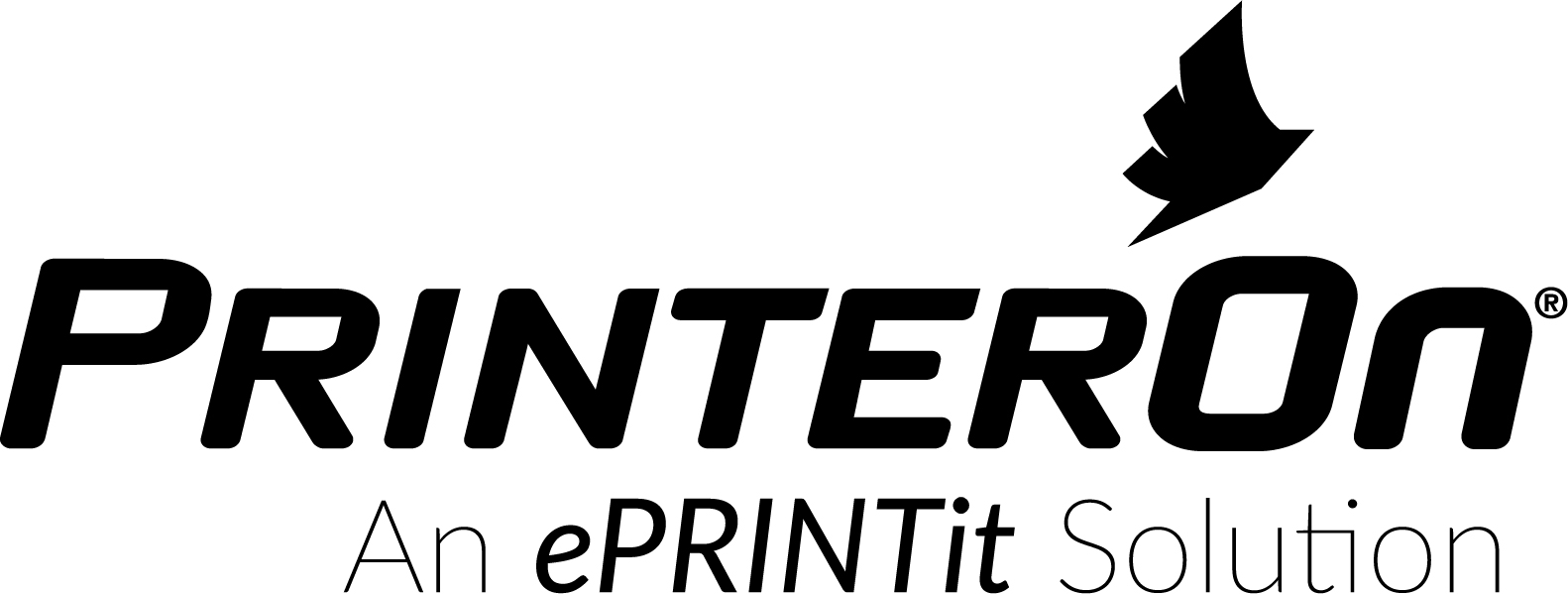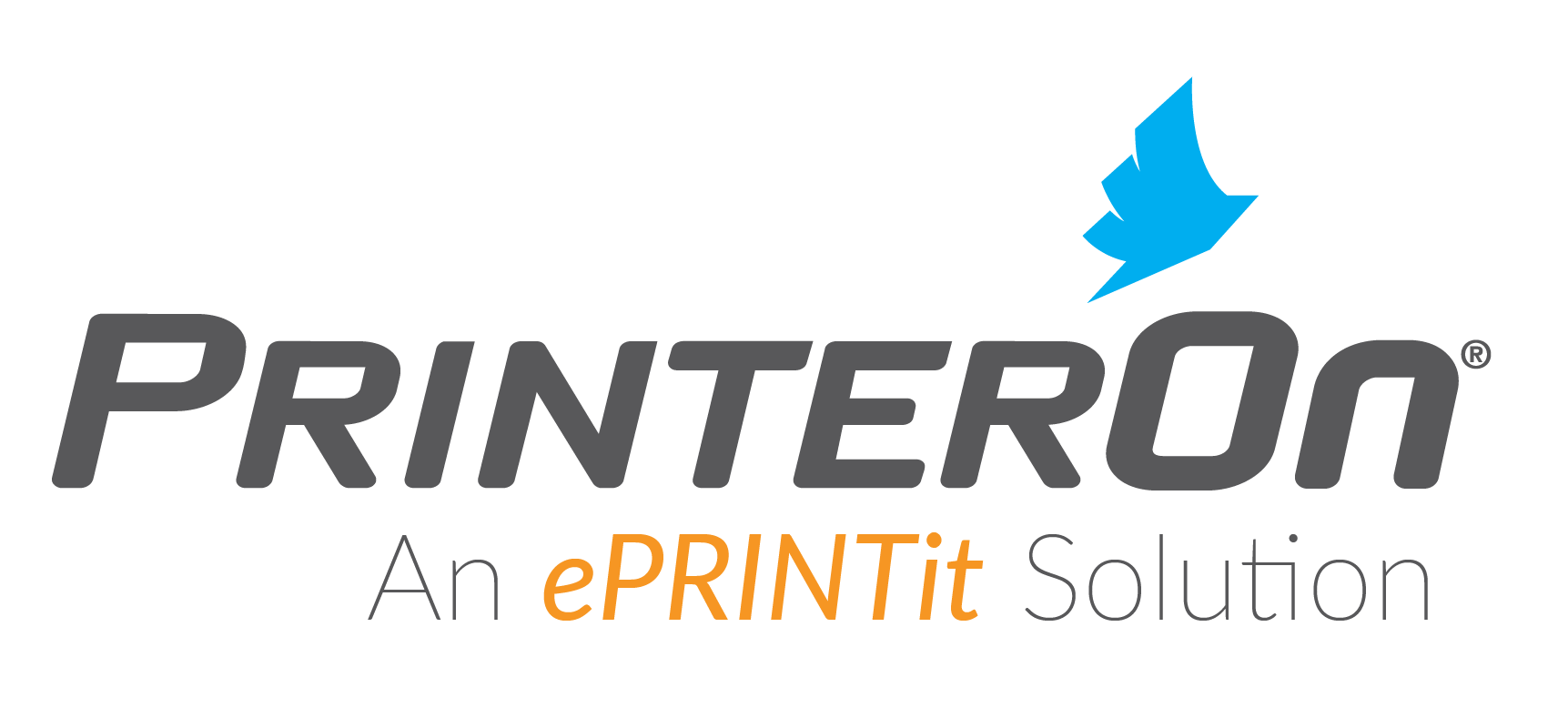In a relatively short amount of time, cloud computing has shown that it’s more than just another tech trend – it’s a proven technology, and one that is here to say. According to one recent study, a massive 83% of all enterprise workloads are expected to be in the cloud by 2020. At roughly the same time, the entire cloud computing market is expected to balloon in total value to roughly $411 billion. Indeed, it is the digital transformation of enterprises that is the leading factor in driving greater enterprise cloud engagement today – to the tune of a massive 63%, according to Forbes.
This level of cloud computing is particularly important for enterprises, as it promises to bring with it a new level of collaboration, communication, productivity and even longevity – essentially all at the same time.
None of this is to say that you should just make the leap into the world of the enterprise cloud without first doing your due diligence, however. Far from it. If you truly want to make the most out of your transition into the cloud – and mitigate as many of the natural risks involved with this process as possible – there are a few core things you need to keep in mind.
What the Enterprise Cloud Is and Why It Matters
At its core, the enterprise cloud is exactly what it sounds like – a specially designed type of computing environment that A) resides behind a firewall, that B) is dedicated to delivering, software, platform and other infrastructure services to enterprise environments.
To get a better idea of exactly what this looks like, consider the “old school” method of software distribution to the newer, cloud-based alternative. Even as recently as a decade ago, software distribution for enterprises happened in largely the same way. Programs often came on discs with expensive licenses attached to them and you needed one license per machine said application would run on. That application had to be installed, configured and maintained manually. If any updates become available, they would need to be downloaded and implemented manually as well. If you needed to use that particular application, you had to be sitting in front of the machine you installed it on. End of story.
In the era of the cloud, however, things are completely different. Instead of forcing everything to exist locally, that same software application is delivered over the Internet. It can be updated more easily by developers and those updates are more readily available to end users. But more importantly, that same application can now be accessed from any device or computer on planet Earth with an active Internet connection. This newfound level of flexibility allows these types of web-based services and applications to more readily meet the ever changing needs of a business, thus creating an opportunity for that enterprise to remain agile as well.
Enterprise cloud computing is a lot like that, but on a much larger scale – encompassing nearly every aspect of the infrastructure itself. It is for this reason alone that many businesses are embarking upon digital transformations that allow them to totally replace their on-premise servers and other storage systems with cloud-based counterparts, thus offering significant performance gains, latency reductions and cost savings along the way. The enterprise cloud is also much easier to manage, much more secure and much less prone to situations like data loss than their “old school” counterparts.
The above example would fall under the umbrella of Software as a Service, otherwise known as SaaS. Another example would be Hardware as a Service (or HaaS), which extents to the leasing or licensing of hardware in a similar manner. Another core tenant of the enterprise cloud is Infrastructure as a Service (IaaS), which refers to the online availability and access to not only physical computing resources but also things like data partitioning, backup and disaster recovery, scaling, security and more.
But regardless of what you’re talking about, the end result is the same: rather than spend huge amounts of time and money focusing on things like hardware procurement and installation, businesses of all shapes and sizes can instead order access to services for precisely as long as they need them. This replaces the often unpredictable (and exorbitant) costs associated with IT, with fixed, manageable monthly rates, all while creating an environment where businesses are free to thrive and innovate as well.
Major Considerations about the Enterprise Cloud
One of the major challenges that enterprises often run into when moving to the cloud takes the form of what happens when they execute a “half measure,” so to speak – meaning that part of the infrastructure is in the cloud while part of it is maintained on a legacy basis.
One of the best examples of this takes the form of cloud-based printing. When the application that an employee is using has been moved into the cloud but the physical printer itself (and the print management solution that controls it) remains in the legacy environment, things start to break down pretty quickly. The physical printer is no longer on the same network as the software and the process further breaks down from there.
Many companies will attempt to come up with “Band-Aid” solutions to these types of problems, but they often leave a lot to be desired. As an IT director you might consider the use of a VPN, but from a certain perspective you’re going through an incredible amount of effort just to be able to print – something that should be second nature to begin with. Things only get more complicated if you’re dealing with a large enterprise made up of a network of remote offices in various locations – all because your print management solution was never designed to operate in a cloud-based world.
By making the transition to a truly cloud-based solution like the one offered by PrinterOn, printing doesn’t just become effortless again – you also get to enjoy a wide range of different features like email printing, web printing, mobile printing, remote printing and others.
All of this is to say that when you transition into the enterprise cloud environment, you need to go “all in” – and you need to acknowledge that the process itself is far more encompassing than you might think. Cloud-based printing is just one example of this idea in action – rest assured there are many, many others. Only by transitioning into an environment that truly supports your cloud-based efforts will you be able to extract the most value from the process once it’s complete.
In the end, it’s clear that enterprise cloud computing brings with it a host of unique advantages and opportunities that most businesses simply won’t be able to find anywhere else. It does come with its own set of considerations, however, particularly for those who are still maintaining some semblance of a legacy environment – which is why choosing the right partners will always be of paramount importance.
If you’re an IT manager or similar type of professional at an enterprise company and want to make sure that all of these considerations are accounted for when it comes to printing, we encourage you to contact us to speak to a representative at PrinterOn today about how to best move your entire operation into the cloud – print capabilities included.


